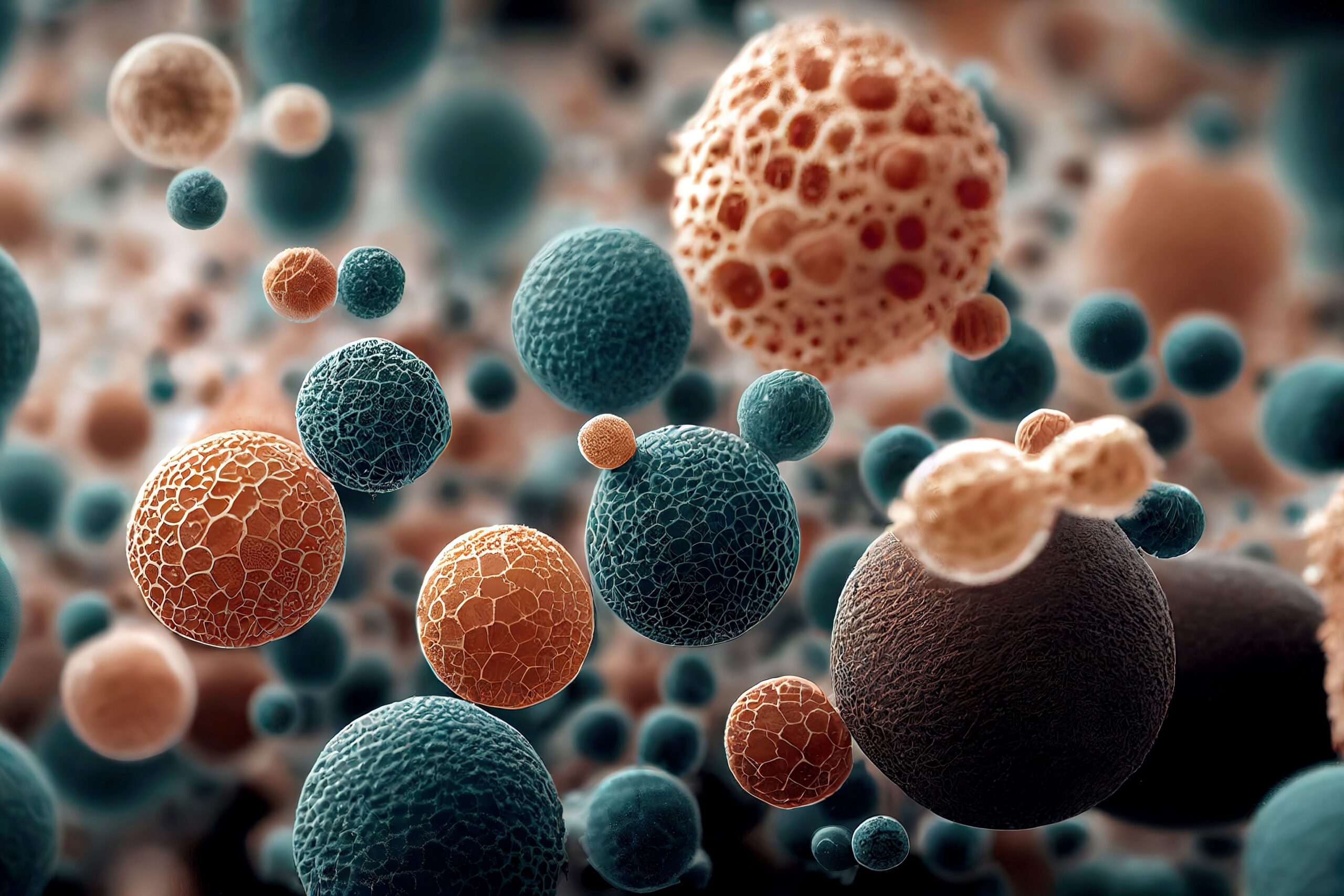
Biomaterials in Nanomedicine: Revolutionising Healthcare
In the modern quest for enhancing human health, the intersection of biomaterials and nanomedicine stands out as a groundbreaking frontier. Biomaterials, which are synthetic or natural materials designed to interface with biological systems, have evolved significantly. These inanimate entities, when integrated with nanotechnology, are transforming medical treatments and diagnostics, providing unprecedented solutions to health challenges.
The Evolution of Biomaterials
Humans have always sought to overcome physical limitations and health issues, striving to replace lost limbs or teeth with materials that mimic biological structures. Over the years, the understanding of biomaterials and their interactions with living systems has deepened, leading to significant scientific advancements.
Defining Biomaterials
Today, biomaterials are understood as non-vital materials used in medical devices designed to interact with biological systems. These materials, whether natural or synthetic, support, enhance, or replace the biological function of damaged tissues. Historically, biomaterials derived from animal tissues were common, but now ceramics, metals, polymers, and composites are prevalent.
Criteria for Biomaterials
To be used in living systems, biomaterials must meet specific criteria. They must be biocompatible, meaning they should not cause adverse effects at the implantation site or other tissues and organs. This biocompatibility ensures that the materials do not cause inflammatory or allergic reactions and are non-toxic.
Mechanical biocompatibility is equally important, requiring biomaterials to have appropriate mechanical properties for their function and area of implantation. Additionally, corrosion resistance is crucial, especially for metal implants, to prevent the release of harmful metal ions into the body.
Sources and Types of Biomaterials
Biomaterials can be sourced from animals, minerals, and metals. Animal-derived biomaterials, such as spider silk, eggshells, and fish bones, offer high biocompatibility and mechanical stability. For instance, spider silk contains amino acids like glycine and polyalanine, enhancing its mechanical properties. Eggshells, primarily composed of calcite (CaCO3), are used in tissue engineering, while fish bones provide calcium carbonate and phosphate, making them suitable for bone disease treatments.
Metallic biomaterials, including stainless steel, titanium, and magnesium alloys, provide internal strength to biological tissues. Stainless steel is corrosion-resistant, while titanium, protected by an oxide coating, is lightweight and biocompatible, making it ideal for dental implants and joint replacements. Magnesium alloys, with physical and mechanical compatibility with human bone, degrade naturally after serving their purpose, eliminating the need for a second surgery to remove the implant.
Ceramic biomaterials are corrosion- and heat-resistant and come in two types: bioactive and bioinert. Bioactive ceramics, such as hydroxyapatite, bond directly with human tissues, while bioinert ceramics, like alumina (Al2O3) and zirconia (ZrO2), do not interact with the body’s environment and are used in hip prostheses.
Nanomedicine: Enhancing Biomaterials
Nanomedicine, the medical application of nanotechnology, has revolutionized biomaterials by enhancing their properties and functionalities. Nanoparticles can be engineered to deliver drugs precisely to diseased cells, minimizing side effects and improving treatment efficacy. This precision is particularly beneficial in cancer therapy, where targeted drug delivery can destroy tumor cells without harming healthy tissue.
Nanotechnology also improves diagnostic capabilities. Nanoscale biomaterials can be used in biosensors to detect diseases at early stages, providing timely and accurate diagnoses. These biosensors, often made from nanoparticles or nanostructured materials, can detect biomarkers in blood, saliva, or urine samples with high sensitivity and specificity.
Case Studies in Nanomedicine
- Cancer Treatment: Nanoparticles are used to deliver chemotherapy drugs directly to cancer cells, reducing systemic toxicity. For example, liposomal doxorubicin is a nanoparticle-based formulation that targets cancer cells more effectively than traditional chemotherapy;
- Bone Regeneration: Nanomaterials, such as nanohydroxyapatite, mimic the natural bone matrix and promote bone growth. These materials are used in bone grafts and implants to enhance bone healing and integration;
- Wound Healing: Nanofibrous scaffolds made from biomaterials like chitosan and collagen promote cell growth and tissue regeneration in wound healing applications. These scaffolds provide a conducive environment for new tissue formation and can be loaded with antimicrobial agents to prevent infections;
- Cardiovascular Diseases: Nanoparticles are being developed to deliver drugs that dissolve blood clots or repair damaged heart tissue. These targeted therapies improve the effectiveness of treatments for conditions like heart attacks and strokes.
Future Prospects
The integration of biomaterials and nanotechnology continues to hold immense potential. Research is ongoing to develop more advanced biomaterials with enhanced properties, such as improved biocompatibility, biodegradability, and mechanical strength. Innovations in nanomedicine are expected to lead to more effective treatments for a wide range of diseases, from cancer to degenerative disorders.
Authors: Clara Kabai, Rita Pedro
Links
Khalilov, R., Nasibova, A., Amrahov, N., Nasibova, E., & Mammadova, N. (2023). Biomaterials in modern medicine: An overview. Advanced Biomaterials and Bioengineering Science, 9(Special Issue), 45-58. http://jomardpublishing.com/UploadFiles/Files/journals/ABES/V9Si/Khalilov_et_al.pdf
Keywords
Biomaterials, Nanomedicine, Healthcare Innovation, Bone Regeneration, Biocompatibility, Wound Healing, Cancer Treatment, Advanced Medical Devices